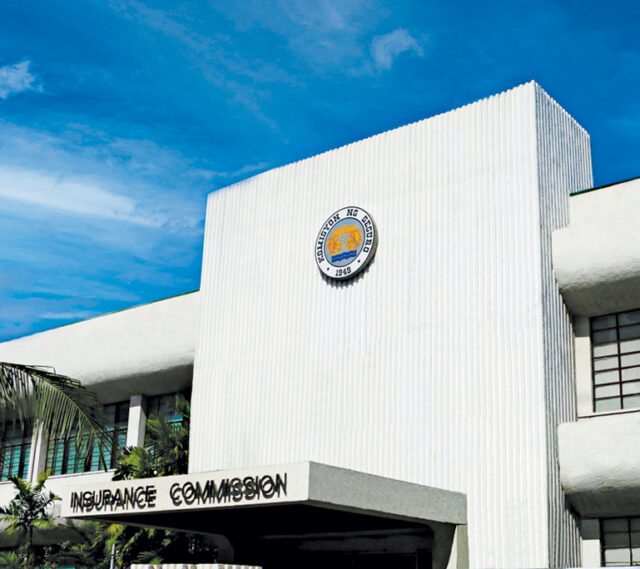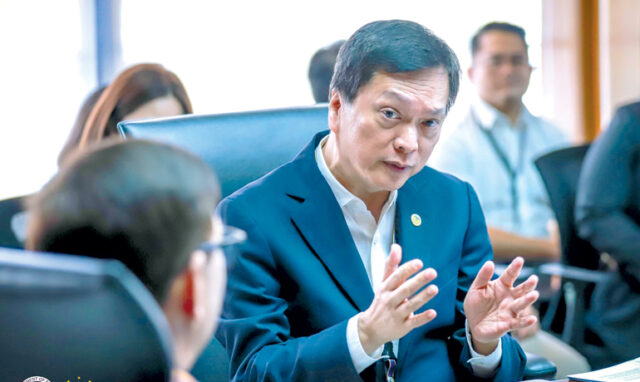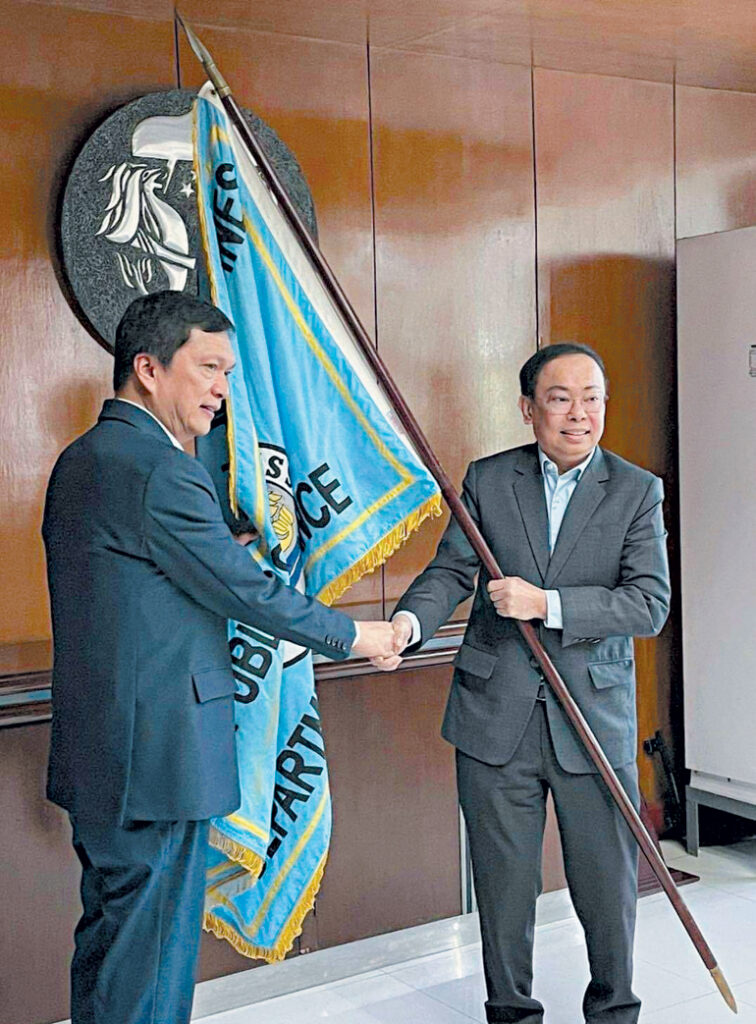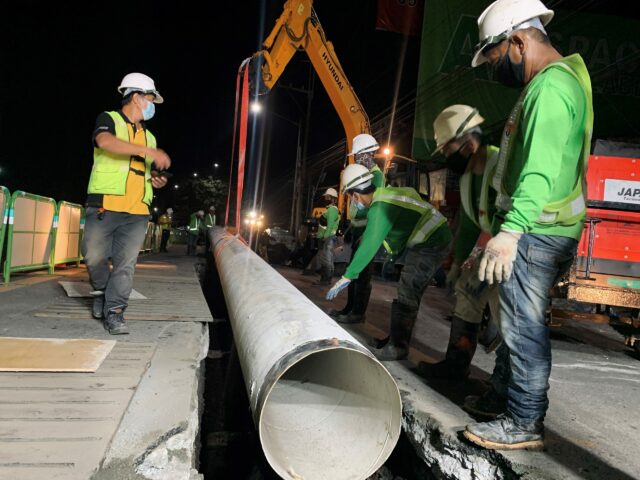The Insurance Commission (IC), established in 1949, plays a crucial role in developing the country’s insurance sector. Throughout the years, the commission has successfully strengthened consumer protection and the stability of the insurance sector by empowering individuals with financial planning and risk management.
Over the past seven decades, the Philippines’ insurance industry has transformed into a robust and dependable sector under the vigilant oversight of the Insurance Commission, Finance Secretary Ralph G. Recto said during Insurance Commission’s 75th anniversary celebration last January.
“This transformation is evident in the industry’s sustained growth in assets, earned premiums, and investments,” he said.
Last year, the Philippine insurance industry witnessed a 2.8% increase in overall growth. It garnered P289.60 billion from life and nonlife insurance plans and an increase of investments to 15% (P1.9 trillion), and assets to 10% (P2.3 trillion), Mr. Recto highlighted.
In a report by the IC, the net income for the insurance industry increased to 9.38%, with P38.28 billion.
Moreover, the report showed life and nonlife insurance companies saw higher net income growth rates. Net income for life insurance companies jumped by 10.32% (P28.79 billion), and nonlife insurance companies increased by 15% (P5.48 billion).
Whereas total premium income by pre-need companies marked an 8.28% increase, from P15.43 billion to P16.70 billion, caused by a surge of pre-need plans sold from the previous year.
“All these numbers underscore the formidable strength of the insurance industry,” Mr. Recto said. “This outstanding performance is a testament to the efficiency of the regulatory and supervisory measures implemented by the Insurance Commission.”
“Clear standards, aligned with global practices, were established and rigorously implemented. The commitment to enforcement was steadfast. The regulatory guardian has been beyond reproach and therefore constantly credible,” he added.
On top of the insurance industry’s recent achievements, the IC was the awardee of the 2023 Freedom of Information Award under the Top Requested and Performing Agencies Category by the Presidential Communications Office (PCO).
“The Insurance Commission was awarded for its significant contribution to the development and success of the Freedom of Information Program implementation, and for demonstrating an outstanding commitment to transparency, accountability, and the pursuit of the principles of freedom of information,” the commission said in a statement.
Additionally, a customer satisfaction survey by the IC for the 3rd quarter of 2023 showed high results in responsiveness (98.16%) and reliability and integrity (97.88%), resulting in 97.24% overall public satisfaction.
More than the country’s regulator for the insurance industry, the commission has been an active advocate for financial inclusion and resiliency in the country. In particular, IC has been advocating for increasing access to financial products and services, financial literacy programs, and utilizing technological innovation within the sector.
In a Life Insurance Convention held in Cebu last year, Insurance Commissioner Reynaldo A. Regalado stressed the vital role insurance agents and underwriters play in supporting financial literacy programs.
“As among the government’s links to the insuring public, life insurance agents and underwriters can help in advocating financial literacy and prudence among our people, for the ultimate goal of financial inclusion for all,” Mr. Regalado said.
“May I thus call upon your organizations to continue supporting financial literacy programs that provide awareness of the benefits of financial products and services, particularly insurance policies that guard against risks that can result in financial ruin,” he added.
To maintain the growth of the insurance sector moving forward, the commission is called to strengthen its laws and policies, specifically, the Financial Products and Services Consumer Protection Act, which will provide better access to financial products and services.
“This will empower our consumers by providing them with confidence in accessing financial products and services within a secure environment that prioritizes their rights and interests,” Mr. Recto said during the anniversary.
Moreover, there are needed changes in building financial literacy in the country, including collaborating with schools and universities to promote financial education among students, and utilizing digital technology for better access of financial products and services.
“Digital technology will be the key that unlocks not only greater access to a wide range of financial products and services, but also a more responsive, reliable, and effective insurance industry,” Mr. Recto said.
75 years in service
The insurance sector has come a long way in the Philippines, and the commission has been a witness to its development.
Insurance was first introduced to Filipinos during the Spanish colonization. During this time, Strachman, Murray & Co., Inc., representing the Lloyd’s of London, has opened doors for insurance to enter the Philippine market.
In 1898, Sun Life Assurance of Canada entered the country, which started the establishment of the insurance sector in the country. Thereafter, the first domestic nonlife insurance company Yek Tong Lin Insurance Company, was formed in 1906, followed by Insular Life Assurance Co., Ltd., the first life insurance company in 1910.
Then, due to the rapid growth of the market, through the Republic Act 2427, or the Insurance Act, the agency that is now IC emerged, vested with the responsibility for supervising the country’s insurance business.
Since then, the IC became a pivotal institution in Philippine history, operating under various names, beginning with the Insurance Division of the Bureau of Treasury (1915), then the Bureau of Banking (1947) after the said division was merged with the aforementioned bureau, then the Office of the Insurance Commissioner (1949), then finally the Insurance Commission (1974).
In 1975, Presidential Decree No. 612 marked the birth of the Insurance Code in the Philippines, streamlining existing insurance codes into a single code.
In 2009, Republic Act No. 9829, or the Pre-Need Code was issued, allowing the IC to regulate and supervise pre-need companies in the Philippines.
In 2013, Former President Benigno S. C. Aquino III signed Republic Act No. 10607, or the Amended Insurance Code, which stated the additional requirements for life and nonlife insurance companies. According to the law, the said revision aims to strengthen the insurance industry by providing sufficient financial protection for all Filipinos. — Angela Kiara S. Brillantes















